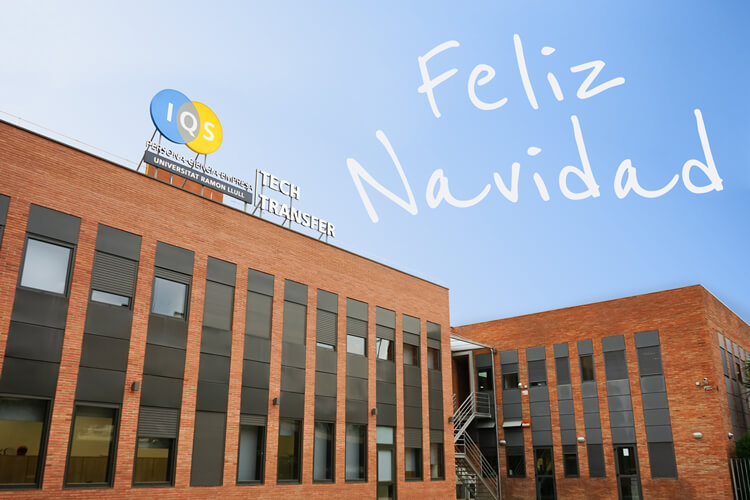The Commitment to Technology Transfer from Universities
This week, the Vice-Rectors of research at Catalan universities, as well as other partners dedicated to technology and knowledge transfer in higher education and research centres, met with Dr Xavier Aldeguer Manté, Director General of Knowledge Transfer, a new area within the Department of Research and Universities, led by Dr Gema Geis Carreras.
At the meeting, Dr Aldeguer conveyed to us the desire to increase transfers from higher education to the productive sector, that is, industry, within the framework of the National Agreement for the Knowledge Society.
Part of the role this new directorate general plays is giving advice and technical support within the scope of the department’s authority to the transfer and innovation ecosystem agents in Catalonia to ensure the system is adequate and to strengthen programmes and actions aimed at valuing university research.
Among the topics announced as actions for the future, the following were mentioned: the new investment tool to support emerging cutting-edge technology projects, the AQU sections in the transfer profile of university teaching staff, dual university-business training policies, grants for patents, market and technology valuation studies, support for OTRIS with FEDER funds, the creation of a programme similar to ICREA for professors with a transfer profile, formulas to introduce “transferologists” to the research groups to stimulate transfers, and, finally, the creation of a transfer portal or marketplace.
We also took part in an interesting conference led by Alfons Cornella, known to everyone as the Catalan expert on innovation, who spoke to us about the entrepreneurial university. His speech merits our inclusion of a couple of paragraphs concerning his recommendations about actions from universities and actions towards companies.
Cornella stated that the first thing we must do is dismantle the stoppers within universities that are holding back transfers while simultaneously giving more importance to technology transfer units. He continued by adding that we must apply new recognition models for valuing research that can be converted into business. He encouraged us to support training professors in entrepreneurship and inspire them to consider creating spinoffs as a way of transferring the results of their research to society. For this reason, we must also make it easier for professors to find resources for patents, to study the potential value of each technology, and to work with them on the most appropriate strategy for their transfers.
Among the actions towards companies, Cornella recommends increasing efforts in innovation pedagogy, university-company partnerships in innovation projects, and connecting universities with industry-specific clusters. He noted that improving communications with companies about possible projects to develop and responding to the specific needs of companies is essential.
The Push & Pull model was highlighted once again, which combines transferring the results of internal research, which arises from university groups, balanced with transferring innovative results, which result from aiming such research towards solving technological challenges faced by the industrial sector.
We have ended the year with enthusiasm, aware that we will still have more work and more challenges to address when we return as we seek to add our contribution to the economic and industrial development of our country.
We wish you a Merry Christmas and look forward to seeing you again when school is back in session!
Dr Núria Vallmitjana
Director of IQS Tech Transfer


